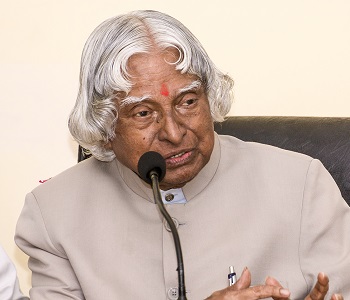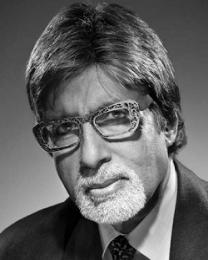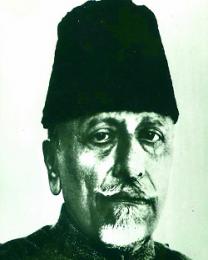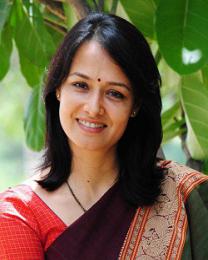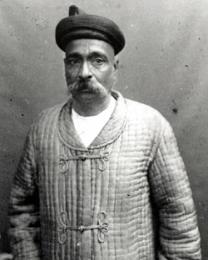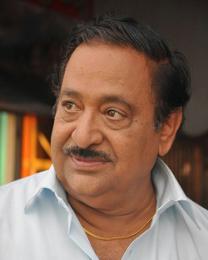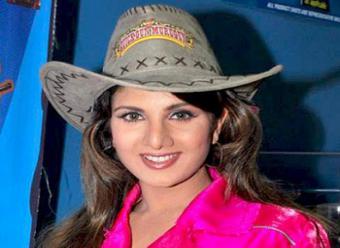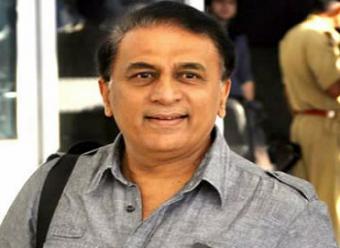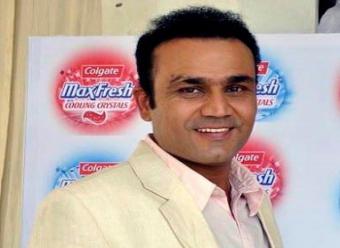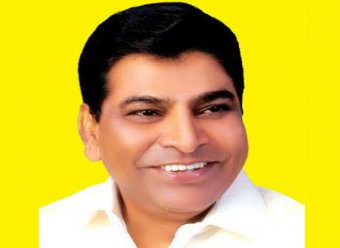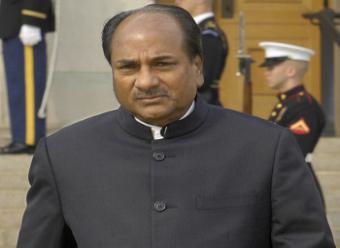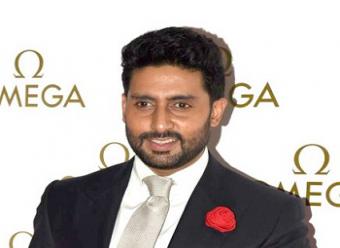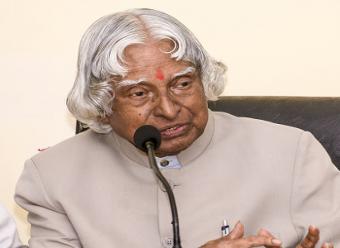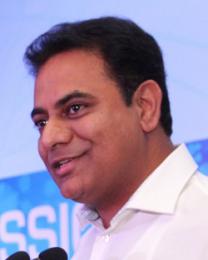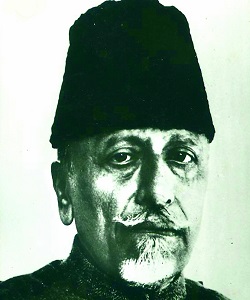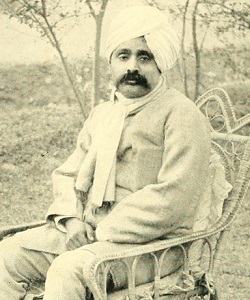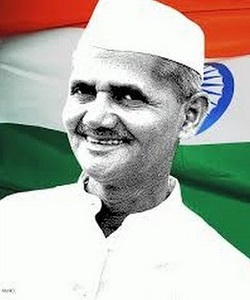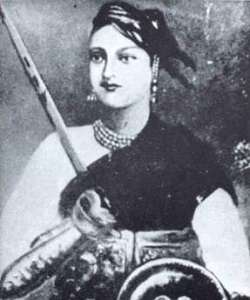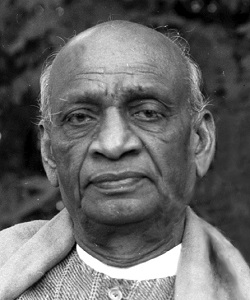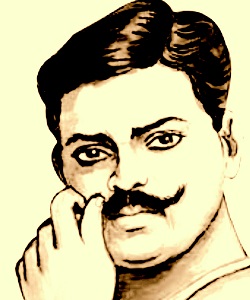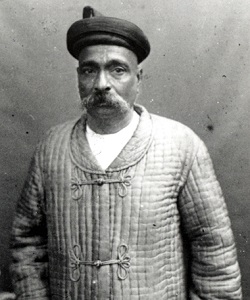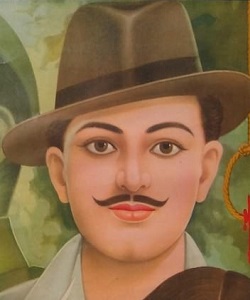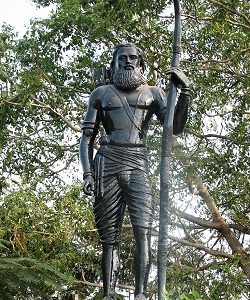Actual Name : Avul Pakir Jainulabdeen Abdul Kalam
Date of birth : 15/10/1931
Place of birth : Dhanushkodi in Rameswaram district, Tamilnadu
Category : Legendary People
Awards
Padma Bhusan in 1981
Padma Vibhushan in 1990
Bharat Ratna in 1997
Indira Gandhi Award for National Integration in 1997
Veer Savarkar Award Government of India in 1998
Ramanujan Award Alwars Research Centre, Chennai in 2000
Honorary Doctorate of Science from University of Wolverhampton, U.K in 2007
King Charles II Medal from Royal Society, U.K in 2007
Doctor of Engineering (Honoris Causa) from Nanyang Technological University, Singapore in 2008
International von Karman Wings Award from California Institute of Technology, U.S.A in 2009
Hoover Medal from ASME Foundation, USA in 2009
Doctor of Engineering from University of Waterloo in 2010
IEEE Honorary Membership from IEEE in 2011
Doctor of Laws (Honoris Causa) from Simon Fraser University in 2012
Child Hood
Abdul Kalam was born in a Tamil Muslim family, His father is a boat owner and mother house wife. He came from a poor background and started working at an early age to supplement his family's income. After completing school, Kalam distributed newspapers in order to financially contribute to his father's income. After completing his school education at the Rameshwaram Elementary School, Kalam went on to attend Saint Joseph's College, Tiruchirappalli, then affiliated with the University of Madras, from where he graduated in physics in 1954. He then moved to Madras in 1955 to study aerospace engineering.
As a Scientist
After completion of Kalam's graduation he joined 'Aeronautical Development Establishment of Defense Research and Development Organization' (DRDO) as a scientist. Kalam started his career by designing a small helicopter for the Indian Army, but remained unconvinced with the choice of his job at DRDO. Kalam was also part of the INCOSPAR committee working under Vikram Sarabhai, the renowned space scientist.
In 1969, Kalam was transferred to the 'Indian Space Research Organization' (ISRO) where he was the project director of India's first indigenous Satellite Launch Vehicle (SLV-III) which successfully deployed the Rohini satellite in near earth orbit in July 1980. Joining ISRO was one of Kalam's biggest achievements in life and he is said to have found himself when he started to work on the SLV project. Kalam first started work on an expandable rocket project independently at DRDO in 1965. In 1969, Kalam received the government's approval and expanded the program to include more engineers.
Kalam and Dr. V. S. Arunachalam, metallurgist and scientific adviser to the Defense Minister, worked on the suggestion by the then Defense Minister, R. Venkataraman on a proposal for simultaneous development of a quiver of missiles instead of taking planned missiles one by one. R Venkatraman was instrumental in getting the cabinet approval for allocating 388 crore rupees for the mission, named Integrated Guided Missile Development Program (I.G.M.D.P) and appointed Kalam as the Chief Executive. He was the Chief Scientific Adviser to the Prime Minister and the Secretary of Defence Research and Development Organisation from July 1992 to December 1999. The 'Pokhran-II' nuclear tests were conducted during this period where he played an intensive political and technological role. Kalam served as the Chief Project Coordinator, along with R. Chidambaram during the testing phase. Photos and snapshots of him taken by the media elevated Kalam as the country's top nuclear scientist.
As a President
Kalam served as the 11th 'President of India', succeeding 'K. R. Narayanan'. He won the 2002 presidential election with an electoral vote of 922,884, surpassing 107,366 votes won by 'Lakshmi Sahgal'. He served from 25 July 2002 to 25 July 2007. The polling for the presidential election began on 15 July 2002 in the Parliament and the state assemblies with media claiming that the election was a one-sided affair and Kalam's victory was a foregone conclusion. The counting was held on 18 July. Kalam won the presidential election in a highly one-sided contest. He became the 11th president of the Republic of India. During his term as President, he was affectionately known as the People's President. In his words, signing the Office of Profit Bill was the toughest decision he had taken during his tenure.
At the end of his term, on 20 June 2007, Kalam expressed his willingness to consider a second term in office provided there was certainty about his victory in the 2007 presidential election. However, two days later, he decided not to contest the Presidential election again stating that he wanted to avoid involving Rashtrapati Bhavan from any political processes. He did not have the support of the Left parties, Shiv Sena and UPA constituents to receive a renewed mandate.


